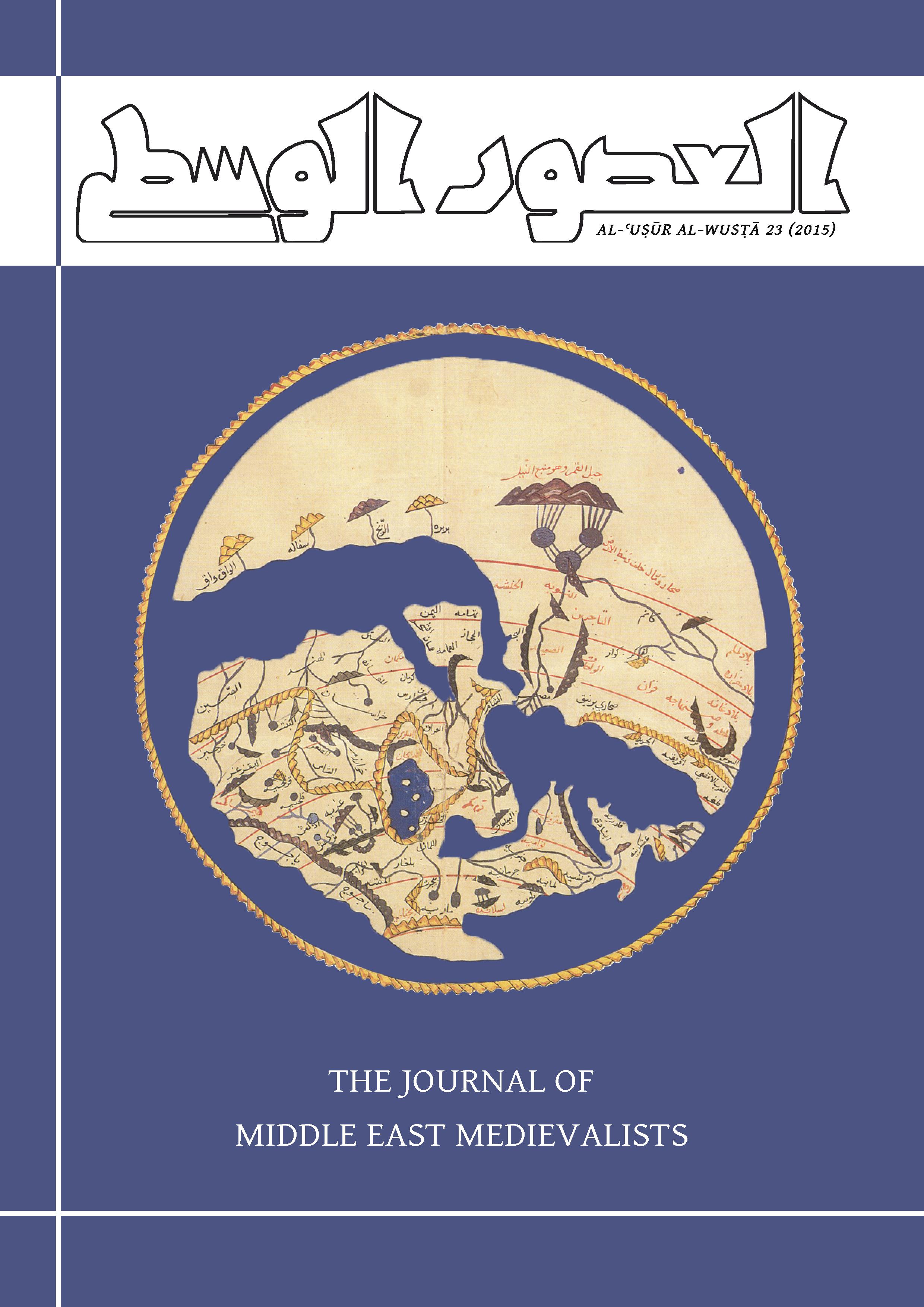Abstract
By surveying and interpreting major ʿAlid shrines in Syria from the eleventh century to today, Stephennie Mulder has produced a timely work of great value and insight. Based on over a decade of fieldwork in Syria and extensive engagement with Arabic texts, Shrines of the ʿAlids in Medieval Syria makes a convincing case for the emergence of an architecture of ecumenism between the eleventh and thirteenth centuries, in which Muslims of different sectarian orientations came together to mourn, commemorate, and supplicate descendants of the Prophet Muḥammad through his son-in-law ʿAlī (the ʿAlids). Mulder argues that the form this ecumenical architecture took – the shrine (mashhad) – is uniquely suited to inclusive and polyvalent devotional practices, but at the same time, because of its very flexibility and popularity, presents a particular challenge to the architectural historian.

This work is licensed under a Creative Commons Attribution-NonCommercial-NoDerivatives 4.0 International License.
Copyright (c) 2015 Zayde Antrim

